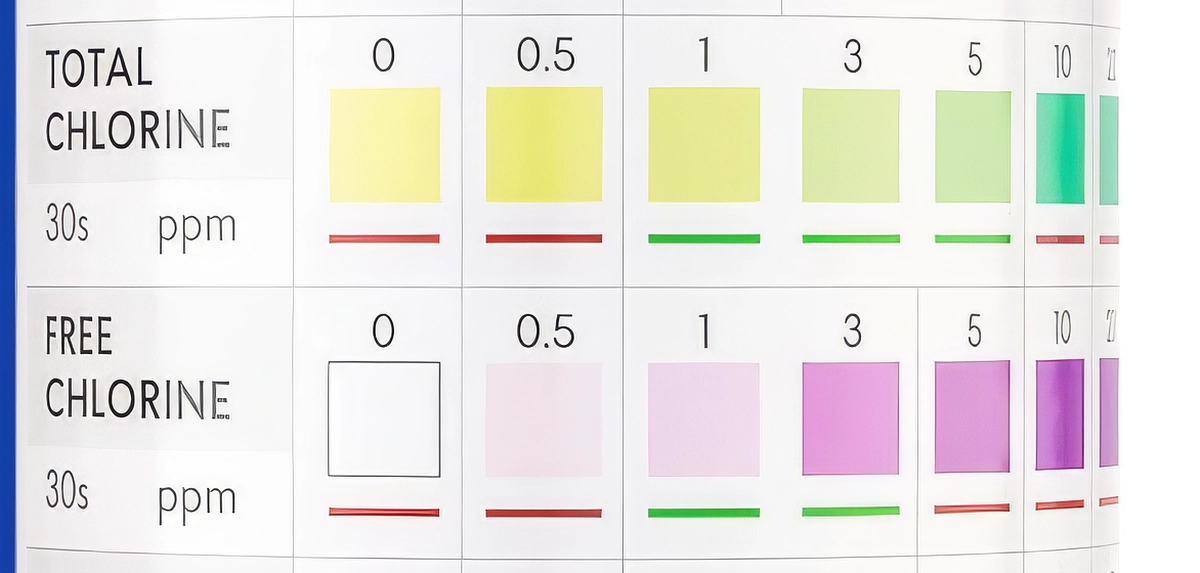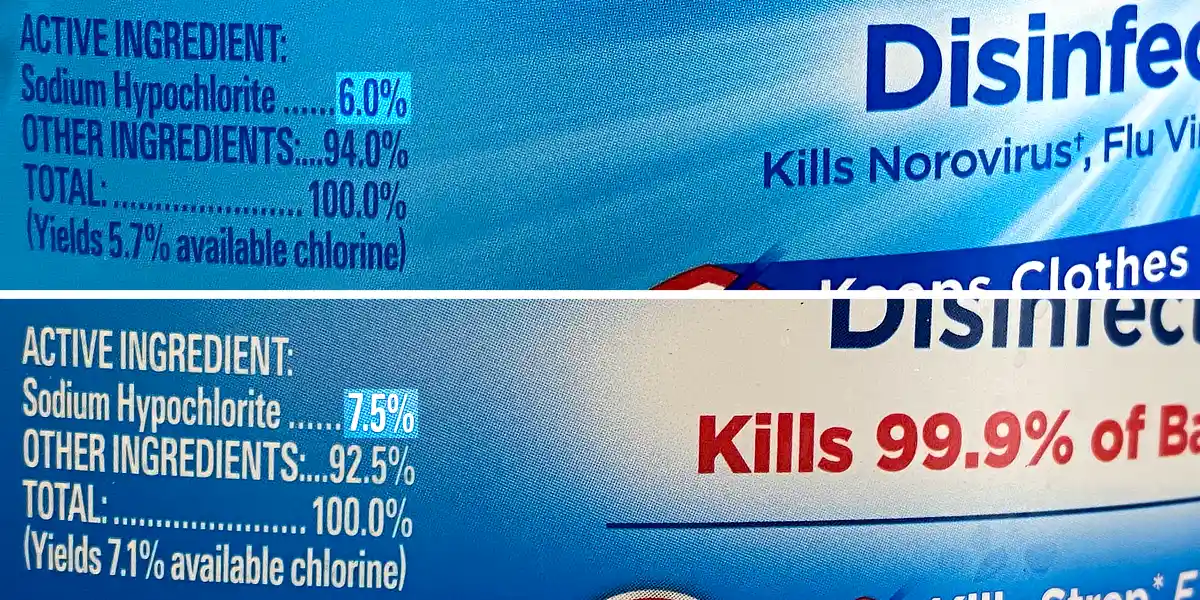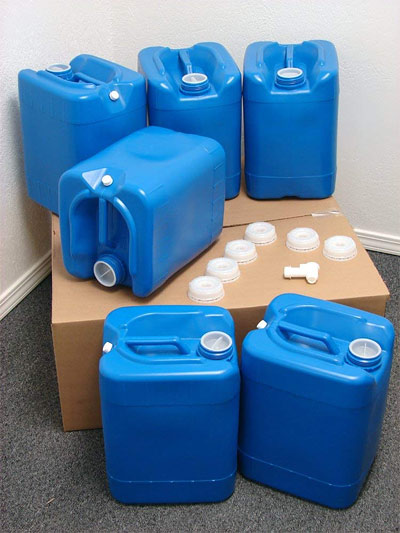If you’re wondering how to treat and store water (drinking water) for the long term, it’s not complicated. However, there are a few guidelines to follow for optimum results. What’s the result we’re looking for? Clean, safe drinking water when we need it! It is a sensible thing to do for preparedness.
Water is the most crucial resource for survival, period. We take it for granted, though. There will always be a supply of clean, pure water to drink, right?
A few important questions:
“How to treat water for long-term storage?”
“What is the best way to store water long-term?”
Long-Term Water Storage & Treatment
Follow these guidelines for successful long term water storage:
- Start with clean, pure water. Treat if necessary.
- Use heavy-duty BPA-free water container(s) or barrel(s)
- Treat the water to ensure the elimination of organic impurities.
- Store in a cool environment.
- Keep water storage out of direct sunlight
- Label ‘drinking water’ and the date
- Drain and Refill once a year (or every 6 months)
Best Water Source And Treatment Method For Long-Term Storage
The best source is usually municipal water from your faucet tap at home. It has already been treated with enough chlorine to destroy harmful organic pathogens. The level of municipal chlorine is typically measured at 0.5 – 1 ppm (parts per million). In the past, I have tested this to be the case with a swimming pool chlorine test kit and chlorine test strips. My present water source is a well (a natural spring), so the following information is important…
For long-term water storage, consider increasing this to ~ 4 ppm to ensure that you start with a maximum safe (disinfectant chlorine) level for drinking (according to the EPA) to eliminate and prohibit the growth of pathogens.
Suppose your water source is not from a treated municipal supply. In that case, treating the water to eliminate conditions that may enable organic contaminants to ‘grow’ in it will be essential.
Once treated and the chlorine has ‘done its job,’ the chlorine level will decay over time. That’s okay because a sealed container will prohibit contaminants from getting in.
You can test chlorine levels with these test strips or any pool test kit:
If purchasing through my links, I may earn commission (no extra cost).
Affiliate Disclosure

Or a swimming pool test kit (drops)
(Poolmaster on amazon)
Long-Term Water Storage Treatment With Chlorine
Treatment for long-term water storage involves using the correct amount of Clorox regular bleach (with Sodium hypochlorite as the only active ingredient).
Sodium hypochlorite and chlorine are chemical compounds used primarily for disinfection and sanitation. Sodium hypochlorite is composed of sodium, oxygen, and chlorine. It is commonly found in liquid form, often as a diluted solution (e.g., household bleach). It is widely used for disinfecting surfaces, treating drinking water, and laundry applications.
Clorox bleach comes with varying percentages of Sodium hypochlorite, ranging from 5-6% to 7-8%. In the context of our use as a water treatment, the slight percentage differences are not something for you to worry about (the result is a few parts per million). The chlorine level of the treated water will drop over time during long-term water storage. And we’ve all, at some point in our lives, accidentally gulped a mouthful of chlorinated swimming pool water, and we’re all still here, right?


I have charted the correct amount of bleach (chlorine) to add to water to produce a chlorine level of about 4 ppm (parts per million), ensuring the safety and effectiveness of our water treatment process.
Adding 6% Sodium Hypochlorite Bleach To Water (4 ppm Chlorine)
- 1 Gallon of water, add 5 drops (0.25 ml)
- 5 Gallons of water, add 1/4 teaspoon (1.3 ml)
- 10 Gallons of water, add 1/2 teaspoon (2.6 ml)
- 50 Gallons water, add 1 tablespoon (13 ml)
- 100 Gallons of water, add 1-3/4 tablespoons (26 ml)
- 250 Gallons of water, add 4-1/2 tablespoons (66 ml)
- 500 Gallons of water, add 8-3/4 tablespoons (132 ml)
- 1,000 Gallons of water, add 9 ounces (265 ml)
Adding 7.5% Sodium Hypochlorite Bleach To Water (4 ppm Chlorine)
- 1 Gallon of water, add 4 drops (0.2 ml)
- 5 Gallons of water, add 1/4 teaspoon (1 ml)
- 10 Gallons of water, add 1/2 teaspoon (2 ml)
- 50 Gallons water, add 2 teaspoons (10 ml)
- 100 Gallons of water, add 4-1/4 teaspoons (21 ml)
- 250 Gallons of water, add 3-1/2 tablespoons (53 ml)
- 500 Gallons of water, add 7 tablespoons (105 ml)
- 1,000 Gallons of water, add 7 ounces (212 ml)
As you can see, the differences between the percentages are not significant. They are more noticeable at higher water volumes. Again, don’t sweat it for this application.
Formula Used: C1 x V1 = C2 x V2
- C1 is the initial concentration of the bleach (sodium hypochlorite) solution.
- V1 is the volume of the bleach to be diluted with water. (This is what you are trying to calculate).
- C2 is the concentration of the diluted bleach solution you are preparing.
- V2 is the volume of bleach solution you are preparing.
How To Store Water Long Term (The Containers)
The best way to store water is in BPA-free, heavy-duty plastic containers that have been manufactured specifically for water storage. These containers are often blue and labeled as safe for drinking water.
You may also use any food-grade storage container. Just use common sense when choosing.


[ Read: Aqua Tainer 7 Gallon Water Jug With Spigot ]
Or, perhaps a 55 gallon water storage kit:
Best Water Storage Environment
(Cool Temperature)
Store your long-term drinking water storage containers in a relatively cool place. Avoid heat, which may promote algae growth. A good rule of thumb is ideally between 50-70°F.
I keep mine on the first-floor slab, where it’s always cool. Some suggest keeping water containers from direct contact with concrete (long term), perhaps setting them on wood or boards. I’ve not had a problem.
(Dark, Out Of Direct Sun)
Ideally, water containers should be stored in a dark environment for long-term storage. Sunlight speeds up the breakdown of chlorine and may promote organic growth. Some water containers block more light than others (opaque containers are suitable).
Label The Date
It’s so easy to label ‘drinking water’ and add the date you set it up. When you renew it, six months or a year later, apply a new label/date.
I do this with my long-term food storage, too. I’m a big fan of white artist tape. I use it for all my labeling. It sticks well, peels off easily, and is great for writing a Sharpie-pen label.
Drain & Refill
Okay, this isn’t a huge deal. Water is water, and it doesn’t ‘go bad.’
However, it’s always a good idea to drain and refill occasionally. I do mine every year. Some suggest doing it every six months (there’snothing wrong with that).
The logic here is to ensure a clean water supply. Also, the taste may become somewhat ‘stale’ after long-term water storage, so replenishing will help.
How Much Drinking Water Should I Store?
FEMA says you should have at least a three-day water supply and store at least one gallon of water per person per day. A normally active person needs at least one-half gallon of water daily for drinking.
While FEMA numbers may be on the lower side, they are likely sufficient for most routine disruptions. It’s crucial that you take charge and assess your unique situation. Consider your surroundings (are there alternative water sources?), the number of people you’re preparing for, your risk tolerance, and potential threats. This will empower you to make an informed decision about the amount of water you need to store.
Fifty gallons may be enough for two people monthly (bare minimum). But that doesn’t count all the ‘gray water’ you usually use (washing, sanitation, etc.), which amounts to a lot more than you may think!
[ Read: The Average Gallons of Water People Use Each Day ]
How Long Will Long-Term Water Storage Last?
There are a multitude of opinions, but I’m sticking to this…
Storing water for long-term use is simpler than you might think. If you start with a pure, clean source that’s known to be pure to begin with or treated with a safe level of chlorine, and it’s stored in a clean, sealed, opaque container in a cool place out of direct sunlight, it will be drinkable for “a very long time.”
Water does not ‘expire’.
ALWAYS Have A Quality Drinking Water Filter! I HIGHLY RECOMMEND having a quality countertop drinking water filter. As you likely know, I’m a big fan of the Berkey water filter systems. Expensive, yes. Worth it? Yes.
The Berkey Water Filter is Expensive – Is it Worth It?
Water Barrel Storage For Emergency
Water Sources
Read the full article here
